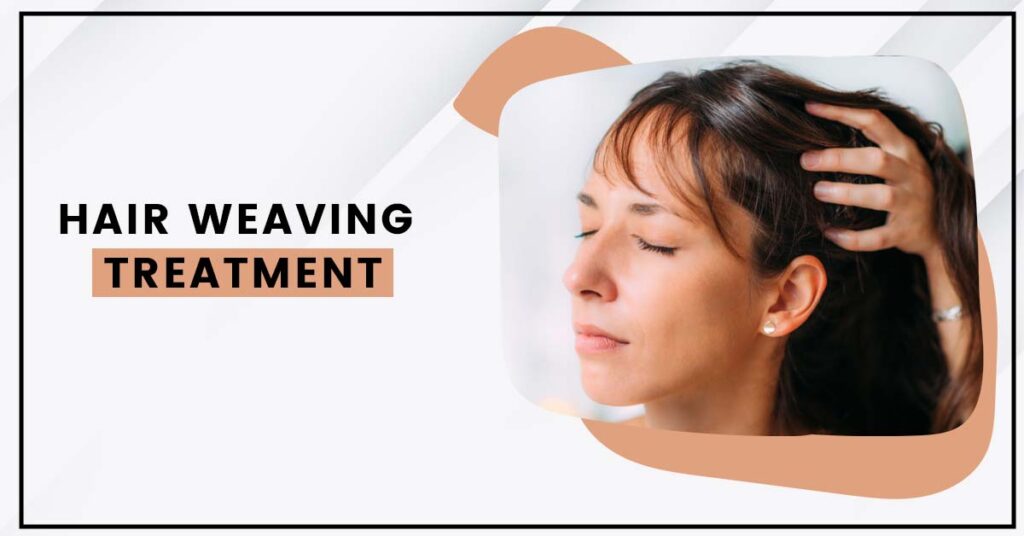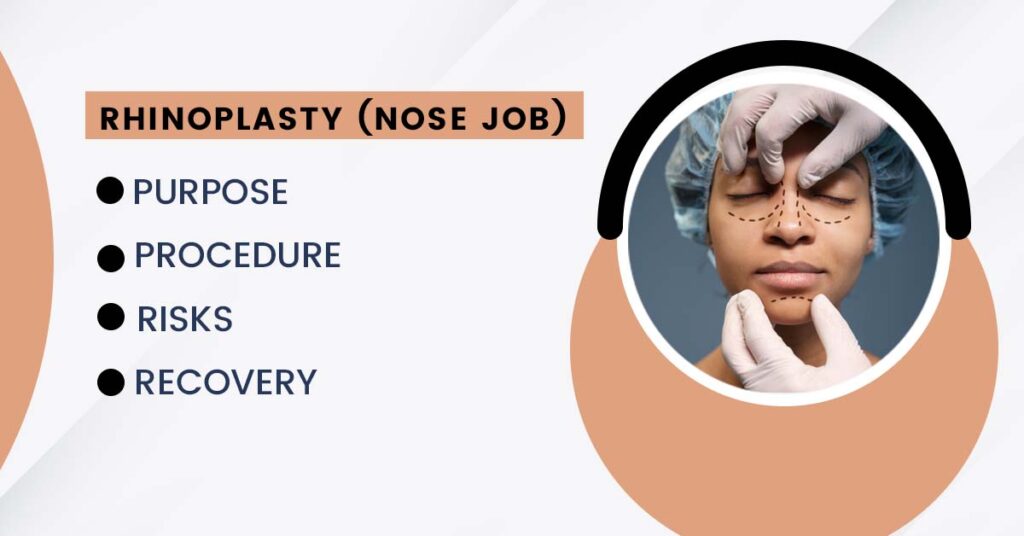What Is Skin Pigmentation?
Skin pigmentation refers to the color of the skin, which is determined primarily by the presence and concentration of melanin, a pigment produced by cells called melanocytes.
Melanin is responsible for the various shades of skin color and provides some protection against the harmful effects of ultraviolet (UV) radiation. The amount and type of melanin in the skin are influenced by genetic factors, but they can also be affected by environmental factors, such as sun exposure, and certain medical conditions.
Variations in pigmentation can result in a range of skin tones and may lead to conditions such as hyperpigmentation, where areas of the skin become darker, or hypopigmentation, where they become lighter.
Types of Skin Pigmentation
Skin pigmentation can vary widely due to several factors, leading to different types of pigmentation conditions. Here are some common types:
- Hyperpigmentation: This occurs when there is an excess production of melanin in certain areas of the skin, resulting in darker patches. Common forms include:
- Sunspots (Solar Lentigines): Dark spots that can be caused by direct sun exposure.
- Age Spots: Similar to sunspots, these are often found on areas exposed to the sun and are associated with aging.
- Melasma: Characterized by dark, irregular patches often found on the face, commonly triggered by hormonal changes during pregnancy or birth control use.
Post-Inflammatory Hyperpigmentation: Dark spots that appear following skin inflammation or injury, such as acne.
- Hypopigmentation: This refers to areas where there is a reduction in melanin production, leading to lighter patches of skin. Examples include:
- Vitiligo: A condition where melanocytes are destroyed, causing patches of skin to lose color.
- Albinism: A genetic condition characterized by a complete or partial absence of melanin, leading to very light skin and hair.
- Normal Pigmentation Variations: Natural differences in skin color that occur due to genetic diversity. These variations can range from very light to very dark skin tones and are a normal aspect of human diversity.
What Causes Skin Pigmentation
Skin pigmentation is primarily caused by the production and distribution of melanin, the pigment responsible for the color of the skin. Several factors can influence melanin production and lead to variations in skin pigmentation:
- Genetics: Genetic factors primarily dictate the quantity and type of melanin produced. Variations in genes related to melanin production can lead to different skin tones and pigmentation patterns among individuals.
- Sun Exposure: Ultraviolet (UV) radiation from the sun prompts melanocytes to produce more melanin as a protective measure. Overexposure can lead to sunspots, freckles, and other forms of hyperpigmentation.
- Hormonal Changes: Hormonal fluctuations, such as those occurring during pregnancy (melasma), menopause, or with the use of oral contraceptives, can influence melanin production and lead to pigmentation changes.
- Inflammation and Injury: Skin inflammation, trauma, or irritation can affect melanin production. For example, post-inflammatory hyperpigmentation occurs when melanin production increases in response to skin damage or inflammation.
- Medical Conditions: Certain conditions, such as vitiligo or albinism, directly affect melanin production or distribution. Vitiligo results in the loss of pigment in certain areas, while albinism results in reduced melanin production throughout the body.
- Medications and Chemical Exposure: Some medications and chemicals can alter pigmentation. For instance, certain drugs may cause pigmentation changes as a side effect, while exposure to specific chemicals can lead to pigmentation disorders.
- Aging: As skin ages, the distribution and production of melanin can change, leading to age spots or uneven pigmentation.
- Diet and Nutritional Deficiencies: Nutritional factors can also impact skin health and pigmentation. Deficiencies in certain vitamins and minerals may affect melanin production.
You can read also:- Laser Hair Removal: Cost, Procedure, Safety & Side Effects
Skin Pigmentation Disorders
Skin pigmentation disorders result from irregularities in melanin production, causing alterations in skin color.Key types include:
- Hyperpigmentation: Excess melanin causes darker skin patches.
- Sunspots: Dark spots from sun exposure.
- Age Spots: Dark patches related to aging.
- Melasma: Dark, irregular patches often linked to hormonal changes.
- Post-Inflammatory Hyperpigmentation: Dark spots from skin inflammation or injury.
- Hypopigmentation: Reduced melanin leads to lighter skin patches.
- Vitiligo: White patches due to loss of pigment-producing cells.
- Albinism: Genetic condition causing very light skin and hair.
- Pityriasis Alba: Light, scaly patches often associated with dry skin.
- Dischromia: Irregular skin pigmentation with varying shades.
Skin Pigmentation Treatment
Treating skin pigmentation disorders depends on the type and underlying cause of the pigmentation issue. Here are common treatment approaches:
- Topical Treatments:
- Hydroquinone: Lightens dark spots and reduces melanin production.
- Retinoids: Promote cell turnover and can help lighten hyperpigmented areas.
- Vitamin C: Antioxidant that can brighten skin and reduce pigmentation.
- Azelaic Acid: Reduces melanin production and is often used for melasma and post-inflammatory hyperpigmentation.
- Chemical Peels:
- Glycolic Acid: Exfoliates the skin and can help fade dark spots.
- Salicylic Acid: Helps with acne-related pigmentation and exfoliates the skin.
- Laser Therapy:
- Intense Pulsed Light (IPL): Targets pigment and reduces dark spots.
- Fractional Lasers: Improve skin texture and pigmentation issues by targeting specific layers of the skin.
- Cryotherapy:
- This method involves freezing pigmented areas to diminish pigmentation, commonly used for treating age spots and sunspots.
- Microneedling:
- Uses fine needles to create micro-injuries in the skin, promoting collagen production and improving pigmentation.
- Sun Protection:
- Sunscreens: Broad-spectrum SPF 30 or higher protects against UV rays and prevents further pigmentation issues.
- Oral Medications:
- For certain conditions like melasma, oral medications such as tranexamic acid may be prescribed.
- Lifestyle and Home Remedies:
- Natural Remedies: Ingredients like aloe vera, green tea, and licorice extract may help with pigmentation.
- Proper Skincare: Maintaining a consistent skincare routine and avoiding excessive sun exposure can help manage and prevent pigmentation problems.
Conclusion
In conclusion, effectively managing skin pigmentation disorders requires a comprehensive approach tailored to the individual’s specific condition and needs. Treatments such as topical medications, laser therapy, and lifestyle adjustments can significantly improve skin appearance and overall health.
For those seeking expert guidance and personalized care, consulting with a qualified professional is crucial. Dr. Jagdeep Rao, renowned as one of the best skin doctors in Jaipur, offers advanced diagnostic and therapeutic options to address various pigmentation issues.
His expertise ensures that patients receive the most effective and individualized treatment plans for their unique skin concerns.







